Emergence of Smart Manufacturing
The Digital IC Market is experiencing a transformation due to the emergence of smart manufacturing practices. As industries adopt automation and data-driven decision-making, the demand for digital integrated circuits that facilitate these processes is increasing. In 2025, the smart manufacturing sector is expected to account for a significant portion of the Digital IC Market, with growth projections suggesting an annual increase of approximately 9%. This shift towards Industry 4.0 emphasizes the need for advanced digital ICs that can support real-time data processing and connectivity. Manufacturers are investing in digital IC technologies that enhance operational efficiency and reduce costs. The integration of IoT devices in manufacturing processes further drives the demand for specialized digital ICs, as these components are essential for enabling seamless communication between machines and systems. Consequently, the Digital IC Market is likely to thrive as smart manufacturing continues to gain traction.
Expansion of Automotive Electronics
The Digital IC Market is significantly influenced by the expansion of automotive electronics, which is becoming increasingly sophisticated. As vehicles integrate advanced technologies such as autonomous driving systems, infotainment, and connectivity features, the demand for high-performance digital integrated circuits is expected to rise. In 2025, the automotive sector is anticipated to represent a considerable share of the Digital IC Market, with projections indicating a compound annual growth rate of around 10%. This growth is largely attributed to the increasing emphasis on safety, efficiency, and user experience in modern vehicles. Manufacturers are thus focusing on developing specialized digital ICs that can handle complex tasks while ensuring reliability and performance. The automotive industry's shift towards electric and hybrid vehicles further amplifies the need for innovative digital IC solutions, positioning the Digital IC Market for sustained growth in the coming years.
Surge in Consumer Electronics Demand
The Digital IC Market experiences a notable surge in demand driven by the increasing consumption of consumer electronics. As households adopt smart devices, the need for integrated circuits that support functionalities such as connectivity, processing, and energy efficiency becomes paramount. In 2025, the consumer electronics sector is projected to account for a substantial portion of the Digital IC Market, with estimates suggesting a growth rate of approximately 8% annually. This trend indicates a robust market environment where manufacturers are compelled to innovate and enhance their product offerings to meet consumer expectations. The proliferation of smartphones, tablets, and smart home devices necessitates advanced digital ICs, thereby propelling the industry forward. Consequently, companies are likely to invest heavily in research and development to create cutting-edge solutions that cater to this burgeoning demand.
Rising Demand for Wearable Technology
The Digital IC Market is significantly impacted by the rising demand for wearable technology. As consumers increasingly seek health and fitness solutions, the market for wearable devices is expanding rapidly. In 2025, the wearable technology segment is projected to contribute a notable share to the Digital IC Market, with growth rates estimated at around 12% annually. This trend is driven by advancements in health monitoring, fitness tracking, and mobile connectivity features. Manufacturers are focusing on developing compact and efficient digital ICs that can be integrated into wearable devices without compromising performance. The need for low-power consumption and high functionality in wearables further emphasizes the importance of digital integrated circuits in this sector. As the popularity of wearable technology continues to rise, the Digital IC Market is likely to see sustained growth, driven by innovation and consumer demand.
Growth of Telecommunications Infrastructure
The Digital IC Market is poised for growth due to the expansion of telecommunications infrastructure. As the demand for high-speed internet and reliable communication services escalates, investments in network infrastructure are increasing. In 2025, the telecommunications sector is projected to contribute significantly to the Digital IC Market, with a growth rate estimated at 7% annually. This trend is driven by the rollout of 5G networks, which require advanced digital ICs to support higher data rates and lower latency. Telecommunications companies are actively seeking innovative solutions to enhance their service offerings, thereby creating opportunities for digital IC manufacturers. The need for efficient power management and signal processing in telecommunications equipment further underscores the importance of digital integrated circuits in this sector. As a result, the Digital IC Market is likely to benefit from the ongoing advancements in telecommunications technology.
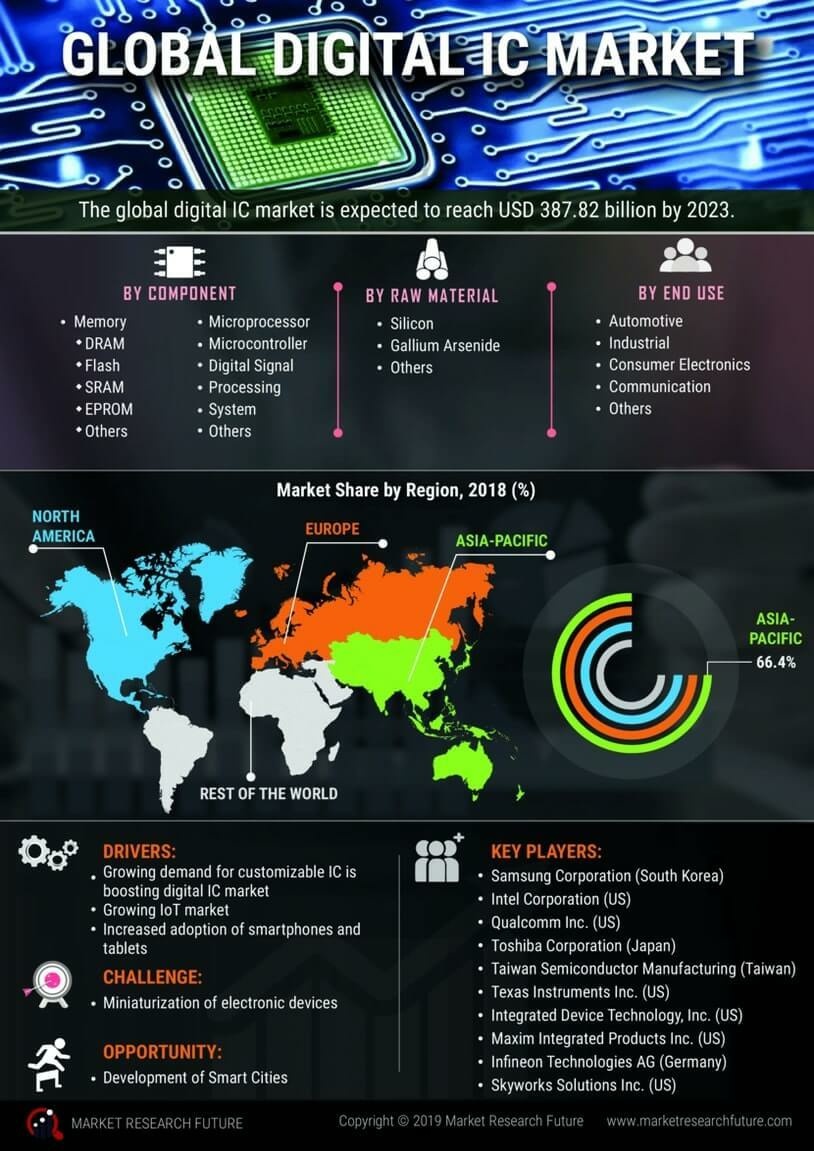
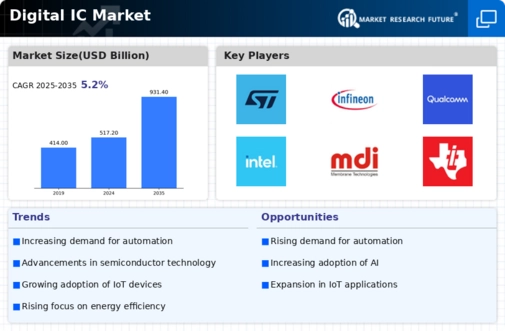
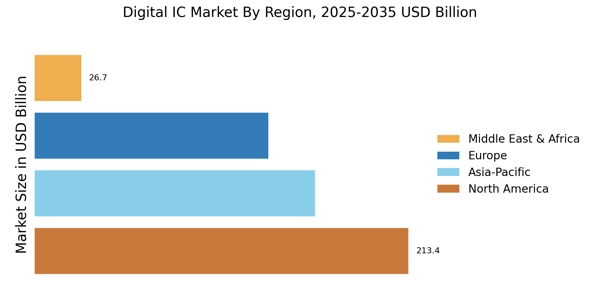
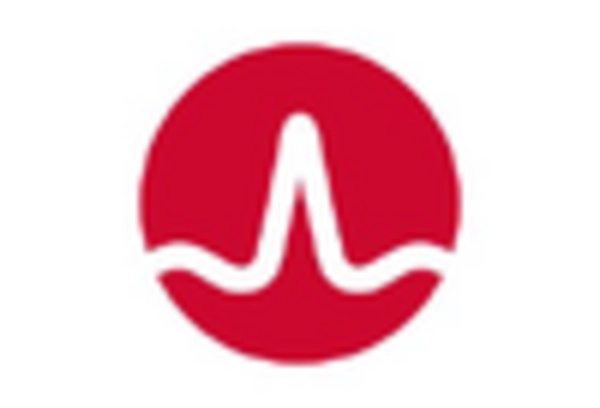
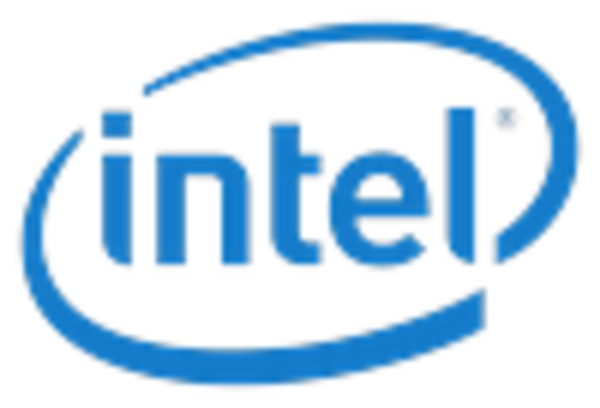
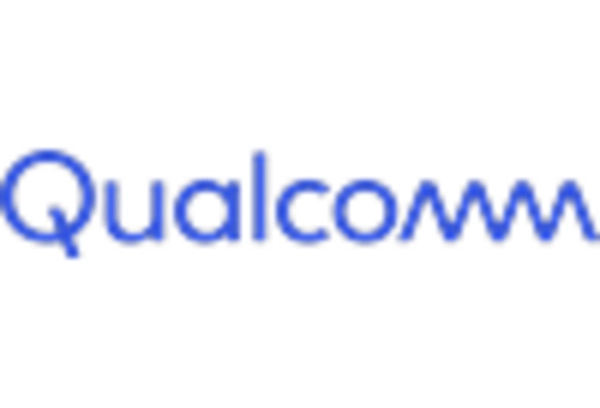










Leave a Comment